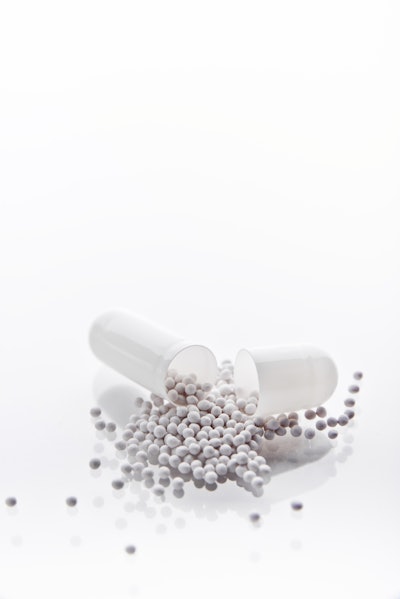
Close to 40% of the currently marketed drugs fall into the two low solubility Biopharmaceutical Classification System (BCS) categories; furthermore, if looking at the pipeline of drug entities under discovery or in development, this number increases to 80%.
This trend towards low solubility will see the market for solubility enhancement excipients grow at a compound annual growth rate of nearly 13% in the period from 2014 to 2024, according to the recently published “Solubility Enhancement in Pharmaceutical Oral Solid Dosage Forms: Global Market Analysis and Opportunities” study from global market research and management consulting firm Kline & Co.
Various techniques are being followed to achieve increased solubility of the drug compounds depending upon active pharmaceutical ingredients (API) characteristics, formulator’s capabilities, and relative cost effectiveness of the strategies. Many solubilization techniques currently co-exist, and even if some can be considered as preferred routes; when developing drugs, the technology to be used is decided on a case-by-case basis.
Among advanced solubility enhancement technologies, the most important ones are solid dispersions and lipid solubilization. While these two techniques imply the use of specific excipients, several techniques, such as chemical modification and hydrotropy, do not use excipients for solubility enhancement.
Lipid excipients are the largest category of solubility enhancement excipients because of their large levels of use in drug formulations and their ability to increase the solubility of lipophilic active ingredients. Polymers come in second due to the increasing use of solid dispersion technologies.
The competitive landscape is constantly evolving, and future technology choices on potential blockbusters may bring significant additional changes.
Currently, the market for solubility enhancement excipients is dominated by the top five suppliers controlling nearly 70% of the market, where BASF is the market leader, followed by Abitec and Gattefossé.
“Solubility enhancement excipients are a niche and specific application-oriented market in the pharmaceutical industry. However, there are a large number of advanced technology and excipient suppliers that could potentially gain prominence in the short term. Understanding the drivers affecting the solubility enhancement market is vital for suppliers of excipients to best position their business in order to leverage the promising growth of what is today a niche market, but will become a key segment of the pharmaceutical excipients industry tomorrow,” says Nikola Matic, Industry Manager of Kline’s Chemicals & Materials Practice.
The solubility study provides a detailed independent analysis including technology assessment, current and forecast demand by major excipient, supplier sales, and technical and market trends and explores market opportunities and challenges for manufacturers of these excipients worldwide.
In its Guideline for Submitting Requests for Revision to USP-NF, April 2007, the USP defines excipients as “Excipients are components of a finished drug product other than the active pharmaceutical ingredient (API) and are added during formulation for a specific purpose. Although listed as inactive ingredients by FDA, excipients generally have well-defined functions in a drug product. As with active ingredients, they may be Small Molecule or complex and may vary in terms of degree of characterization. They may be chemically synthesized or may be either natural source or biotechnology-derived (recombinant). In contrast to active ingredients, minor components of an excipient may have significant impact on its pharmaceutical performance. Depending on the intended use, an excipient in a drug product may be an active ingredient in another drug product.






















